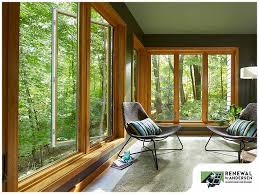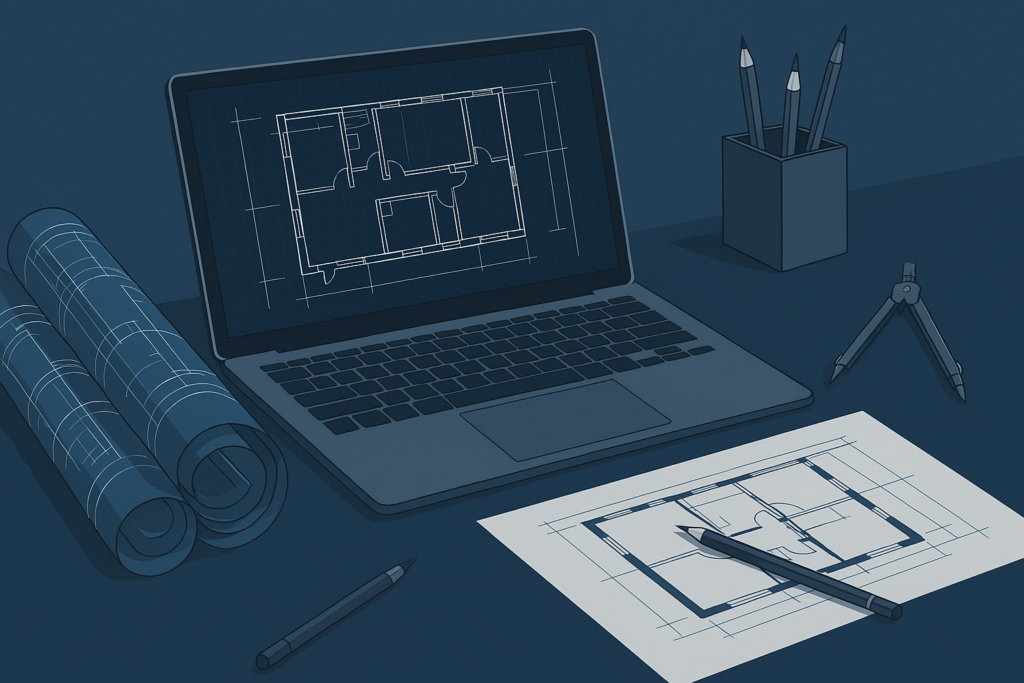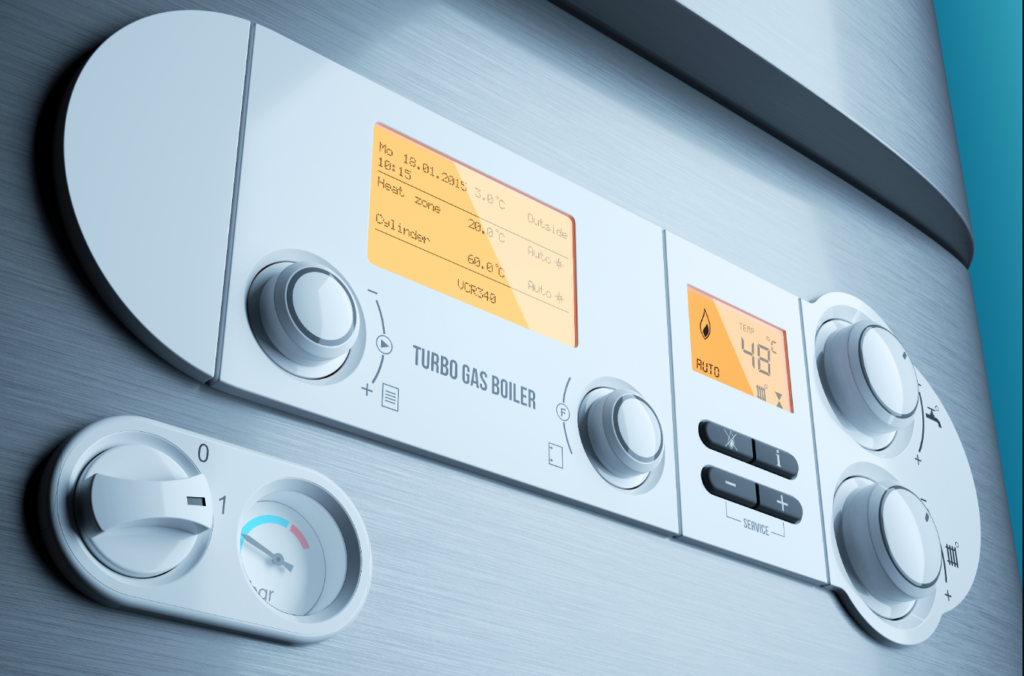In today’s world, homeowners are becoming increasingly conscious about energy consumption and sustainability. One of the most effective ways to enhance comfort while saving on utility bills is by installing energy efficient windows. These windows are designed to reduce heat transfer, maintain indoor temperature, and minimize the use of heating and cooling systems.
What Are Energy Efficient Windows?
Energy efficient windows are built using advanced materials and technology to improve insulation and reduce energy loss. Unlike traditional single-pane windows, these feature multiple glass layers, low-emissivity (Low-E) coatings, and insulated frames. Together, these elements help to keep your home cooler in summer and warmer in winter.
The goal is simple — to reduce energy consumption without compromising on style, natural light, or comfort.
How Do Energy Efficient Windows Work?
The secret lies in their structure. Most energy efficient windows include double or triple glazing filled with inert gases like argon or krypton. These gases act as insulators, slowing down heat transfer between the inside and outside. The Low-E coating further reflects infrared light, keeping heat inside during winter and blocking it during summer.
Additionally, well-sealed frames prevent air leaks — one of the biggest culprits behind high energy bills. This combination ensures year-round comfort and reduces the strain on HVAC systems.
Key Benefits of Energy Efficient Windows
1. Lower Energy Bills
By improving insulation and minimizing heat loss, energy efficient windows can significantly reduce heating and cooling costs. Homeowners often notice immediate savings on monthly utility bills after installation.
2. Improved Comfort
No one likes sitting next to a drafty window in winter or feeling the sun’s heat pouring in during summer. These windows help maintain consistent indoor temperatures, creating a more comfortable living environment.
3. Reduced Carbon Footprint
Using less energy means producing fewer greenhouse gases. Installing energy efficient windows contributes to environmental sustainability — a small change with a big impact.
4. Noise Reduction
The multiple glass layers and insulating gases don’t just save energy — they also reduce outside noise. This makes them an excellent choice for homes near busy streets or urban areas.
5. Increased Property Value
Upgrading to energy efficient windows is a smart investment. Potential buyers appreciate lower energy costs and improved comfort, making your home more attractive on the market.
Types of Energy Efficient Windows
There are several types available, each suited to different needs:
-
Double-Glazed Windows: Two panes of glass with insulating gas between them.
-
Triple-Glazed Windows: Three panes for even greater insulation.
-
Low-E Glass Windows: Feature a special coating that reflects heat while letting in light.
-
Vinyl or Fiberglass Frames: These materials offer better insulation compared to aluminum.
Choosing the right type depends on your climate, budget, and aesthetic preferences.
Tips for Choosing the Right Windows
When selecting energy efficient windows, homeowners should consider the U-factor and Solar Heat Gain Coefficient (SHGC). The U-factor measures how well the window insulates, while SHGC measures how much solar radiation it allows through. A lower U-factor and SHGC mean higher efficiency.
It’s also wise to look for products with Energy Star certification, ensuring they meet strict performance standards.
Final Thoughts
Upgrading to energy efficient windows is one of the most practical ways to improve a home’s comfort, reduce energy bills, and promote a sustainable future. Whether renovating an old property or building a new one, these windows offer long-term benefits that go beyond aesthetics.



